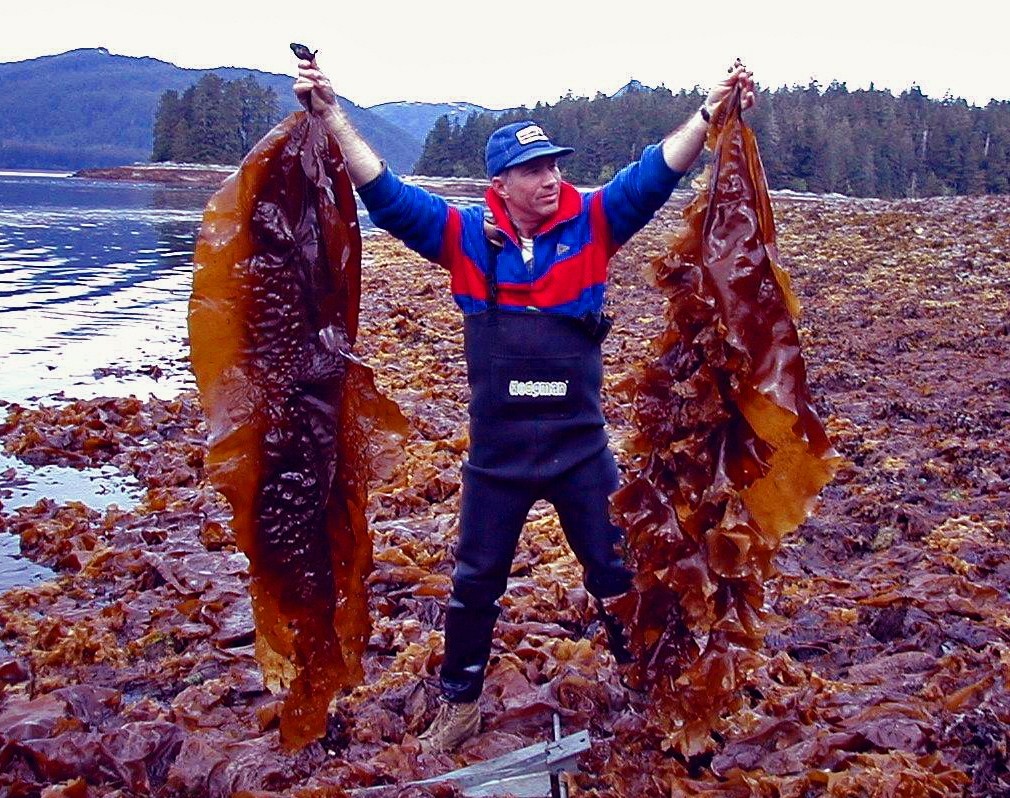Belgium sees the landing of the first-ever crop of farmed seaweed from the North Sea coast. But the arrival on our plates could take some time yet.
The project is being carried out by scientists from the University of Ghent, led by biology professor Olivier De Clerck. Asia, of course, has produced seaweed for human consumption for centuries, but always in sheltered conditions.
“The North Sea is anything but that,” Prof. De Clerck explained to the VRT.
“The difficulty lies mainly with the grains of sand floating in the water, which, in combination with currents and wave effects, have something of the effect of sandpaper. This makes it difficult for the seaweed to grow, and it floats away easily.”
The consumption of one type of seaweed is familiar to us: the nori used in the making of sushi. Other types, though, are less familiar, although we may be consuming them without realising. Some types of seaweed are used to give products like toothpaste and ice cream their consistency.
The seaweed currently being grown off the coast of Middelkerke is Saccharina latissima, also known as sugar kelp or Devil’s apron. It is yellow-brown in colour, with blades that can grow up to 5m long.
It not only provides food for the coastal fauna, it also provides them with shelter from predators, and brings in food of other kinds.
Importantly, the growth of seaweed requires no land, no fertilisers and no freshwater. The fronds take up carbon dioxide from the atmosphere and clean the North Sea of pollution from the by-products of other types of food production.
Although it is illegal to eat shellfish picked up at the coastline, and ill-advised to eat any seaweed to be found there, this seaweed is being grown four kilometres out at sea, where the water is considerably cleaner. The crop will, in any case, be inspected for food safety.
Not that the Devil’s apron is likely to be available in the shops any time soon. Some forms of seaweed are already available – East Asian shops are a good possible source – but work still has to be done on home-grown crops. Not to mention on the Belgian palate.
“This could be a first step towards the consumption of seaweed. You shouldn't think of the washed-up blubber that you sometimes see on the beach. Those plants have been dead for a while by then,” said Prof. De Clerck.
“Living, healthy seaweed is very firm and perfectly edible. I don't know any good recipes myself, I'm not such a culinary talent. But the Belgian chef Donald Deschacht has written a cookbook with great recipes for seaweed and algae,” he said.

